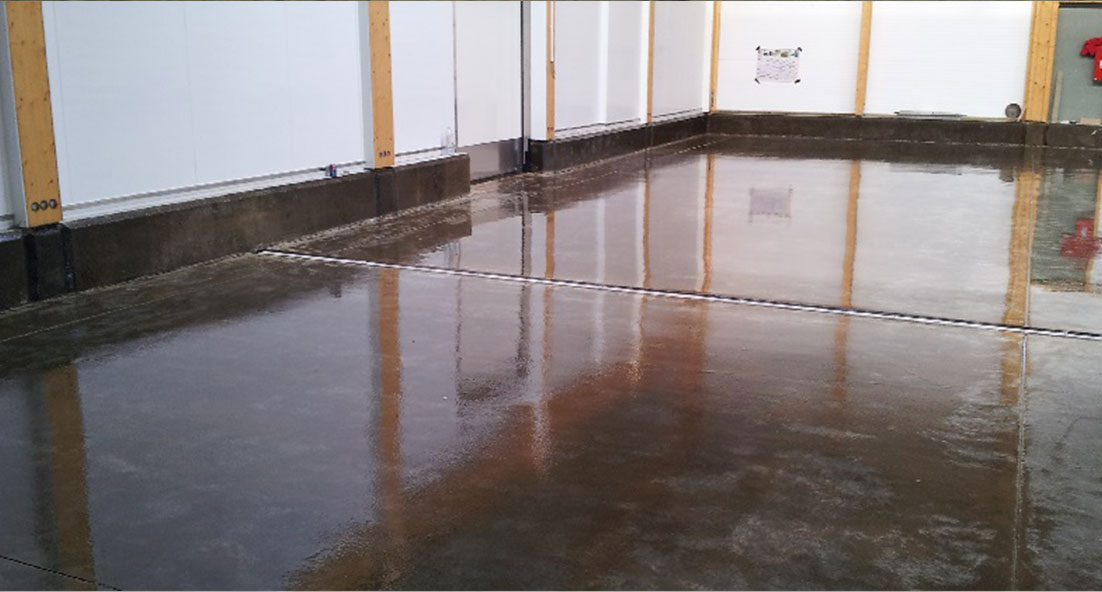
First of all and just to be clear, a DPM Damp Proof Membrane is most referred to in its abbreviated form – DPM.
The purpose of DPM
This DPM is a ‘thick’ plastic sheet mostly 1000 – 1200 gauge polythene material. The installation of the DPM is extremely important as this acts as a barrier to prevent damp rising up through the substrate, from the ground below. Care must be taken to a) ensure there are no holes or tears in the sheet that could allow water penetration and b) ensure there is a sufficient overlap of sheets by at least 150mm should more than one sheet be required. The join should then be taped to ensure a water-tight seal is established.
We recommend that you ensure the material to be used conforms to the relevant British Standards. To use a thin, lower-grade material and then find you have water ingress at a later stage, could prove to be a VERY expensive mistake.
Whilst we are on the subject, it is normal that the DPM overlaps with the DPC (Damp Proof Course). The DPC is normally laid within the bed joint of the brickwork or blockwork, primarily to stop ground damp from rising up the walls by capillary attraction. The height at which the DPC is installed would normally be a minimum of 150mm above the external ground level. The DPM should then be folded up the inside wall and lap over onto the DPC thereby forming a continuous water barrier.
Should damp be rising up through the floor, this will should that either there is a defect with the DPM and /or there is no DPM there at all – which of course is most likely with old buildings in particular.
DISCOVER OUR RANGE OF DPM PRODUCTS
Damp Proof Membrane Paint
Whichever the reason, the net result is the same and it is very important to seal the concrete as soon as possible. To remove the screed in order to relay a DPM is, in most cases, completely unrealistic and actually completely unnecessary. Polycote DPM Primer is a superb twin pack high-performance epoxy coating that is designed to penetrate into the concrete and completely lock the surface from rising damp.
Mostly only one coat is required and is very simple to apply. However, should there be a particularly high water table/pressure and/or a particularly porous floor, two coats may be advised.
Should one wish to tile or re-surface the floor with a self-levelling screed such as Polycote Easi-Screed, kiln-dried sand should be broadcast onto the wet resin to ensure an inter-coat adhesion between the DPM Primer and the screed/tiles adhesive/etc.
FURTHER TECHNICAL HELP REQUIRED?
We hope you have found the above information both interesting and helpful. However, if you’re still unsure about the best solution for your needs, please don’t hesitate to ring our technical helpline now on 01234 846400. We have a fully qualified team ready to give practical advice and help assist you as much as possible.

